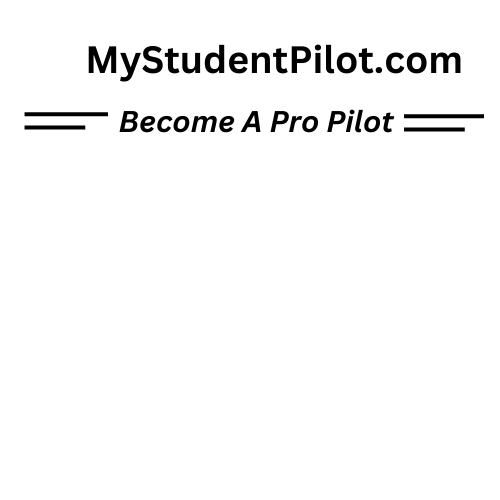1. Take a Discovery Flight
Before investing time and money, schedule a discovery flight at a local flight school. It’s a short introductory flight with a certified instructor where you actually take the controls. This hands-on experience will help you confirm whether flying is something you truly want to pursue.
2. Study Basic Aeronautical Concepts
Familiarize yourself with aviation terms and principles ahead of time. This includes:
- The four forces of flight: lift, weight, thrust, and drag
- Aircraft controls and instruments
- The phonetic alphabet
- Common aviation weather terms
Recommended resources:
- "Pilot’s Handbook of Aeronautical Knowledge" (free on the FAA website)
- Online YouTube channels
3. Get a Medical Certificate
Before you solo, you’ll need at least a Third-Class FAA Medical Certificate. Schedule an appointment with an Aviation Medical Examiner (AME) near you. This will ensure you're physically eligible to fly and gives you peace of mind early in your training.
4. Research and Visit Local Flight Schools
Look for FAA-approved Part 61 or Part 141 flight schools in your area. Visit in person, talk to instructors, inspect aircraft, and ask about:
- Training costs
- Aircraft availability
- Instructor experience
- Financing or scheduling options
Finding the right school is key to a successful training journey.
5. Start Saving and Budgeting
Flight training isn’t cheap. Begin setting aside funds for:
- Aircraft rental and instructor fees
- Headset and study materials
- Exams and medical certificate
6. Join the Aviation Community
Surround yourself with other pilots to stay inspired. Join groups like:
- AOPA (Aircraft Owners and Pilots Association)
- EAA (Experimental Aircraft Association)
- Local flying clubs or airport meetups
These groups offer networking, mentorship, scholarships, and resources that help you stay on track.
7. Take a Ground School Course
You don’t have to wait until flight training to start learning. Sign up for an online or in-person Private Pilot Ground School. These courses cover:
- FAA regulations
- Navigation
- Weather theory
- Aerodynamics
- Flight planning
Completing ground school early helps you pass the FAA Knowledge Test faster and makes flight lessons easier to absorb.
Bonus Tip: Set clear goals and a timeline for your training. Whether you aim to fly recreationally or become an airline pilot, clarity fuels commitment.



